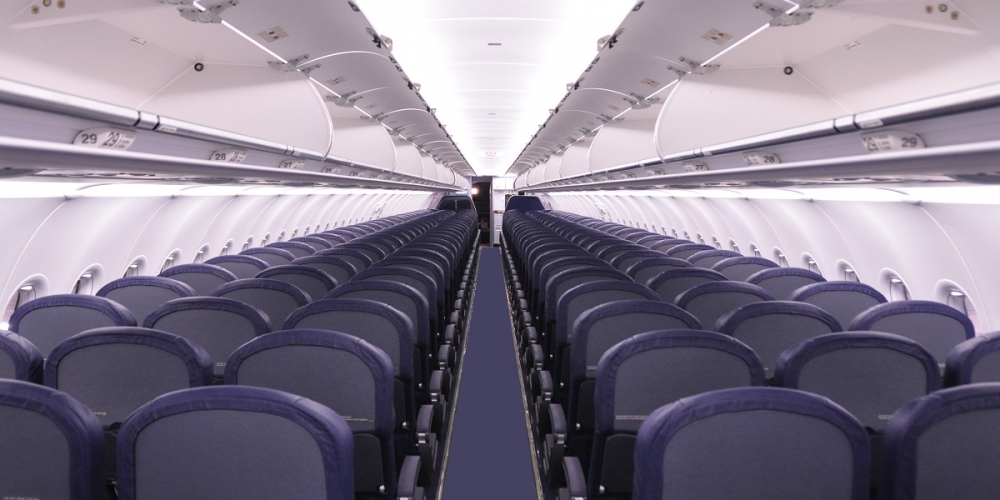Seat crunch court ruling could affect the way we fly.
06 August, 2017
3 min read
By joining our newsletter, you agree to our Privacy Policy


In a move that could have major implications for the way we fly, a US court has ordered the Federal Aviation Administration to look at minimum standards for seat pitch and width on commercial airliners.
The United States Court of Appeals For the District of Columbia, considered by some to be the second most influential court in the land, was responding to a petition by lobby group Flyers Rights.
The court said the consumer group contended narrower seats and closer spacing were “endangering the safety, health and comfort of airline passengers.”
Judge Patricia Ann Willett said the FAA asserted that seat spacing did not affect the safety or speed of passenger evacuations.
“To support that conclusion, the Administration pointed to (at best) off-point studies and undisclosed tests using unknown parameters,” she said.
In a written statement after the court’s ruling, the FAA said it did consider seat pitch (essentially leg room) in testing and assessing the safe evacuation of commercial passengers aircraft.
“We are studying the ruling carefully and any potential actions we may take to address the court’s findings,” it said.
The fundamental rule the FAA uses before certifying an aircraft can carry passengers is the ability to evacuate all passengers within 90 seconds, in low visibility with half the exits blocked.
Flyers Rights said seat scrunch could not only affect evacuation time but threaten longer-haul passengers with DVT Deep Vein Thrombosis—blood clots. AirlineRatings has written extensively over the years about the DVT threat.
“This is the Case of the Incredible Shrinking Airline Seat,” wrote Judge Millett. “As many have no doubt noticed, aircraft seats and the spacing between them have been getting smaller and smaller, while American passengers have been growing in size.”
Flyers Rights says seat width has shrunk from some 18.5 inches in the early part of the 21st Century to 17 inches in the middle of this decade. Meanwhile, seat pitch has gone from 35 inches to 31 inches and, in some planes, to 28 inches. At the same time, it argued, Americans had become bigger.
The court was notably pointed when it criticized FAA’s record- keeping when it comes to testing.
Judge Millett wrote: “That type of vaporous record will not do—the Administrative Procedures Act requires reasoned decision making grounded in actual evidence.”
US. airlines and their passengers will be waiting to see if and how FAA lifts those vapors in the coming months.
Next Article
2 min read
Qantas triples profit but misses mark

Get the latest news and updates straight to your inbox
No spam, no hassle, no fuss, just airline news direct to you.
By joining our newsletter, you agree to our Privacy Policy
Find us on social media
Comments
No comments yet, be the first to write one.
